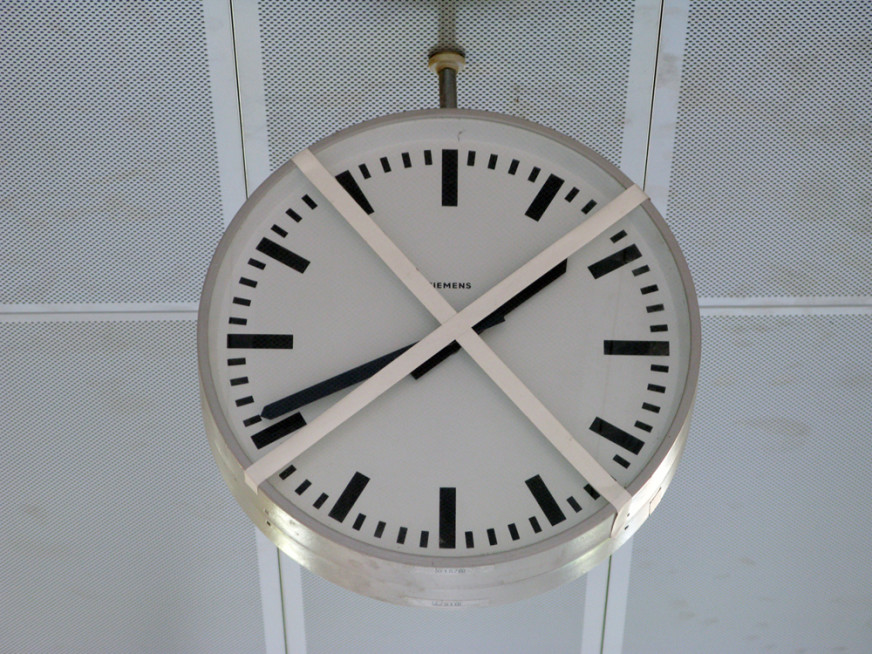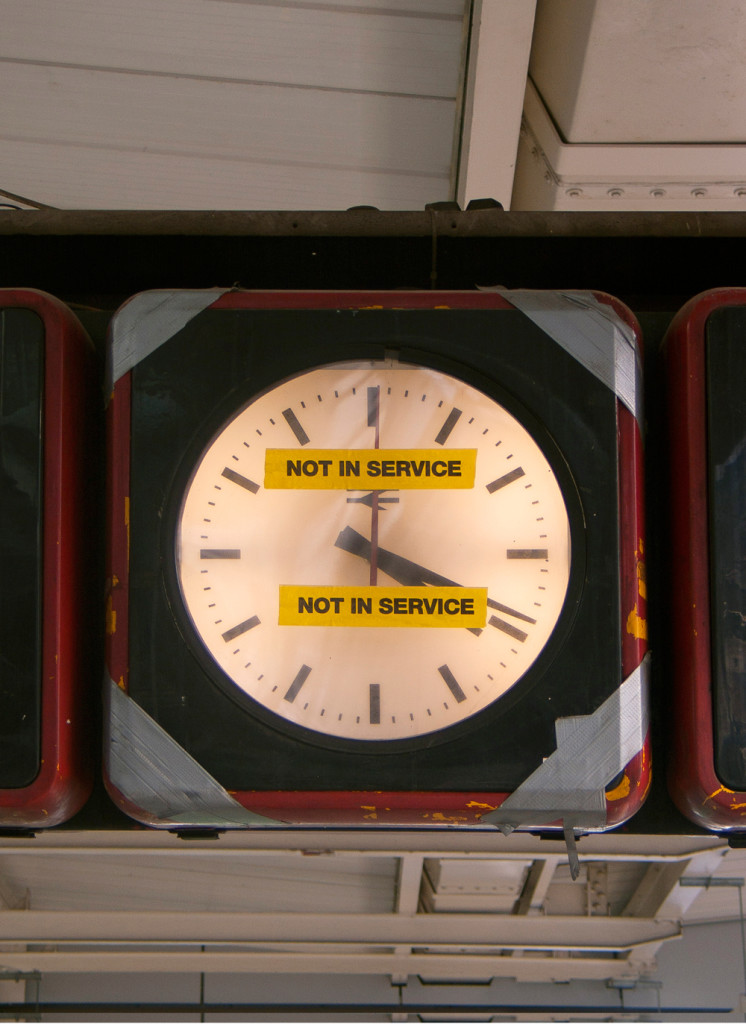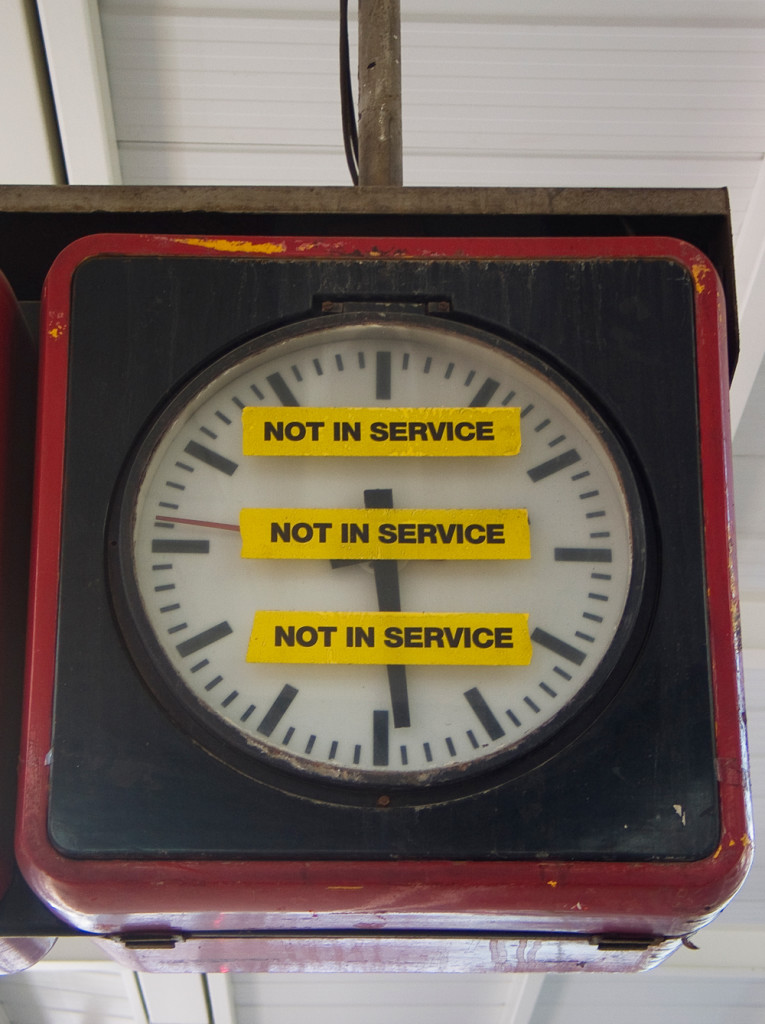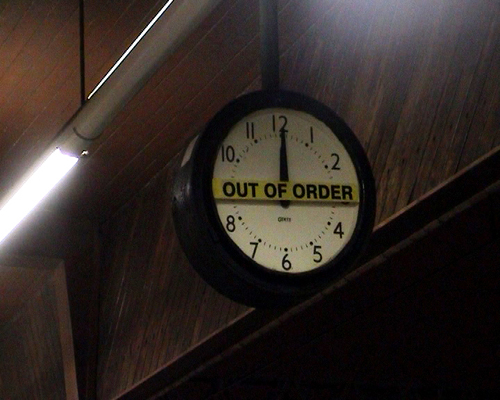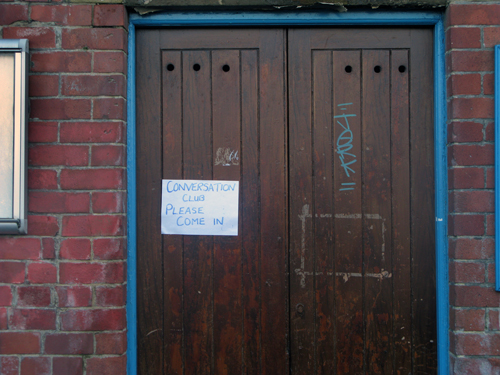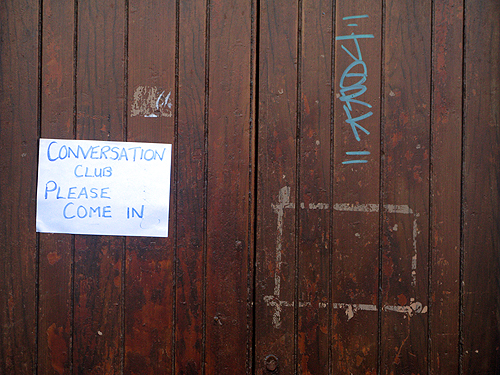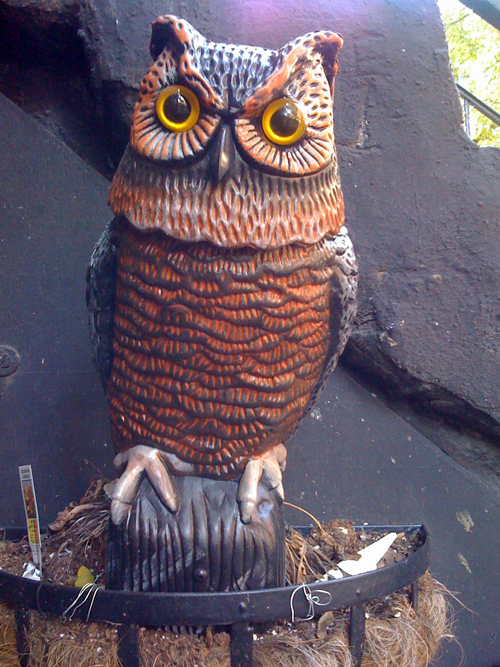Mike (M John) Harrison has some nice words around Forced Entertainment’s Spectacular. Also, thumbs up from Lyn Gardner on the same piece in The Guardian, and Maxie Szalwinska on the many delights and fabulous rigours of Saturday’s Peachy Coochy Afternoon which we co-hosted with David Gale and Adrian Heathfield, here. Spectacular continues to Manchester, starting tonight, followed by Taunton and Glasgow.
*
Vlatka‘s London show at BAC (2nd floor space) runs 13 – 29 November 2008, Thu-Sat 12pm-7pm & 9pm-10pm. It’s free. The show has a mix of her photos, videos and recent collages. They say:
With a strong connection to performance, Vlatka Horvat’s work makes use of a range of media from video and photography to works on paper and projects with text. She stages puzzling encounters between a human figure and elements of the built environment. Comical, mischievous and unsettling, her work explores aspects of experience that are difficult to put into words, or depict in images – feelings of doubt, hesitation, restlessness, and of being lost.
For anyone in New York meanwhile, or headed that way, Vlatka is also half of a two person show with Jennifer Cohen. It runs November 7-December 14, 2008 at Rachel Uffner Gallery at 47 Orchard Street, Lower East Side.
*
Also since last week the video I did with Vlatka Insults & Praises is in the exhibition Speaking Out Loud at Netherlands Media Art Institute, Keizersgracht 264, 1016 EV Amsterdam. Curated by Susanne Jaschko it runs 15 November 2008 – 17 January 2009. Opening hours: Tuesday – Saturday and first Sunday of the month + December 7 and January 4 from 1:00 – 6:00 pm.
Other artists participating: Mukul Patel (UK) and Manu Luksch (AT), Charles Sandison (UK), Christoph Keller (DE), Jaromil (IT) and Jodi (NL), Linda Hilfling (DEN), KH Jeron (DE), Tudor Bratu (RO) and Istvan Ist Huzjan (SLO), Michael Höpfel (DE), Trikoton (DE), Evan Roth (US).
Press release:
Speaking Out Loud centers on the processes of both “thinking out loud” and “speaking out.” Thinking out loud describes the associative, dynamic and rather uncontrolled process of simultaneously thinking and speaking about a particular topic. We think out loud to make a suggestion, to put forward an idea or a thought rather than to make a claim. Speaking Out Loud advocates this free and creative process of thinking out loud through artworks that enable a playful and surprising experience of language. This happens in the form of what could be summarised as experimental language exercises or canny transformations and alternations of language.
Meanwhile the act of speaking out demonstrates resistance and the existence of alternative concepts and views. As a democratic act it constitutes a cornerstone of democratic society. In that sense, the exhibition promotes the idea of controversy, dissent and debate as a relevant society shaping strategy. In the light of representative democracies, low voter participation and increasingly levelled concepts of life, Speaking Out Loud attempts to call for taking an active role in the debate. Moreover it explores the subversive power of spoken or written text but also unmasks the inflationary and culturally connoted use of words and phrases.
The artworks in the exhibition deal with the act of speaking, reading and writing. They particularly reflect on and emphasise the performative qualities of language and thus reveal the strong and inseparable connection between words’ meaning and their performance/performer.
Renowned novelist Paul Auster captured the act of speaking as “When words come out, fly into the air, live for a moment, and die. Strange, is it not?” It is this fluidity and dynamics of language and its meaning that the exhibition centers on, observes and reflects.
In this fluid state, words fly and dance, thus enabling a mental dialogue between the artwork and its viewer/listener, and opening up to continuous interpretation.The exhibition mainly presents works of Dutch and English language. Thereby it also reflects on a world in which vast distances are bridged with relative facility but where language remains a system of cultural “multivalence.
*
There’s a good review by Tim Robey of my novel The Broken World in November/December’s Frieze. Sadly not online so I can’t link to it.
